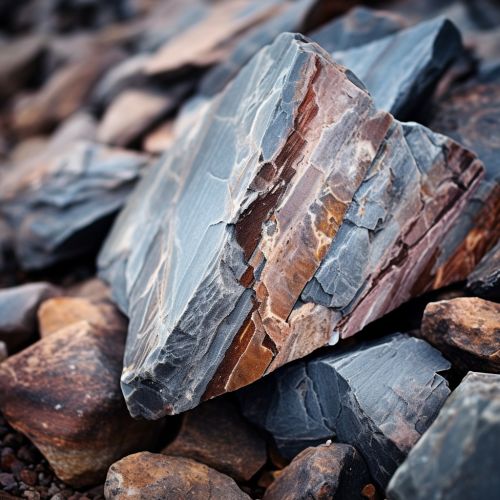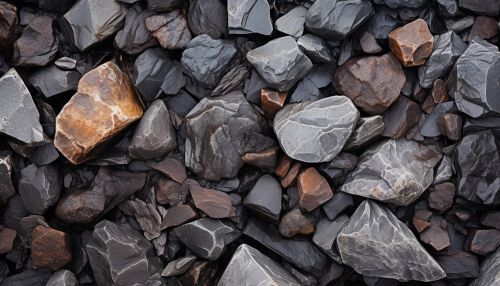Radiometric Dating
Introduction
Radiometric dating, also known as radioactive dating, is a method used by scientists to determine the age of materials such as rocks or carbon, in which trace radioactive impurities were selectively incorporated when they formed. The method compares the abundance of a naturally occurring radioactive isotope within the material to the abundance of its decay products, which form at a known constant rate of decay.
Principles of Radiometric Dating
The basic principle of radiometric dating requires that neither the parent nuclide nor the daughter product can enter or leave the material after its formation. The possible confounding effects of contamination of parent and daughter isotopes have to be considered, as do the effects of any loss or gain of such isotopes since the sample was created.
Radioactive Decay
Radioactive decay is a stochastic (i.e., random) process at the level of single atoms, in that, according to quantum theory, it is impossible to predict when a particular atom will decay. However, given a large number of similar atoms, the decay rate, on average, is predictable. This predictable decay is used as a clock to determine the age of materials that contain radioactive isotopes.
Types of Radiometric Dating
There are several types of radiometric dating. These include Uranium-lead dating, Potassium-argon dating, Rubidium-strontium dating, and Carbon-14 dating, among others. Each method is used for specific types of materials and is based on the half-life of the radioactive isotopes involved.
Uranium-Lead Dating
Uranium-lead dating is one of the oldest and most refined radiometric dating schemes, with a routine age range of about 1 million years to over 4.5 billion years, and with routine precisions in the 0.1-1 percent range.
Potassium-Argon Dating
Potassium-argon dating is based on the decay of the radioactive isotope of potassium (potassium-40) into argon-40, a gas which can be trapped in molten rock. This method is very useful for dating rocks that have cooled from a molten state, such as volcanic lava.
Rubidium-Strontium Dating
Rubidium-strontium dating is based on the beta decay of rubidium-87 to strontium-87, with a half-life of 50 billion years. This scheme is used to date old igneous and metamorphic rocks and has also been used to date lunar samples.
Carbon-14 Dating
Carbon-14 dating, also known as radiocarbon dating, is a method used to determine the age of carbonaceous materials up to about 60,000 years old. The method was developed by physicist Willard Libby in the late 1940s and soon became a standard tool for archaeologists.
Applications of Radiometric Dating
Radiometric dating is used in geology and archaeology, where it is used to date such things as ancient campfires and the ages of the earth, the moon, and meteorites. It is also used in anthropology for the dating of human artifacts and in paleontology for the dating of fossils.
Limitations and Uncertainties in Radiometric Dating
Like any complex procedure, radiometric dating does not produce precise results without careful attention to procedure. The precision of a dating method depends in part on the half-life of the radioactive isotope involved. For instance, carbon-14 has a half-life of 5,730 years. After an organism has been dead for 60,000 years, so little carbon-14 is left that accurate dating cannot be established.
Conclusion
Radiometric dating remains a crucial tool in the geologist's and archaeologist's toolkit. Despite its limitations and the complexities involved in the procedure, it provides a unique way to directly date rocks and other geological materials.
See Also


